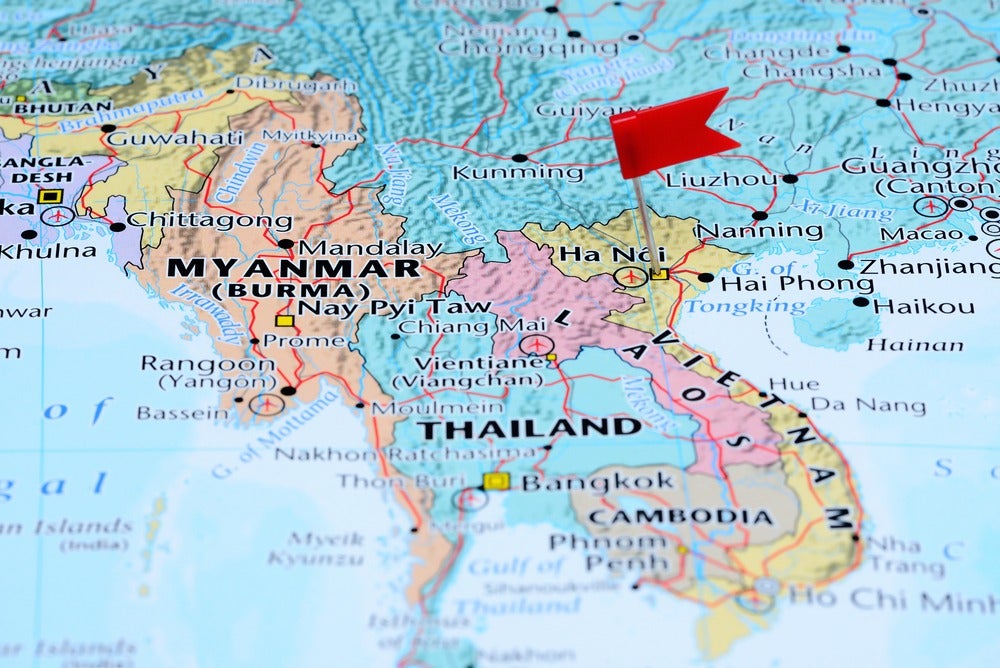Driven by the domestic market’s growing purchasing power, Vietnamese retail sales grew at 13% cent last year, reaching $143.3 billion in value. The highest growth was recorded in precious stones and metals, wood and building materials, food, household appliances and garments.
Vietnam retail market 2019
Boosted by growth in the number of international tourists, which increased by 19.9% in 2018, sales from accommodation and catering services grew by 9.1% cent to $23.3 billion, accounting for 12.3%of the total retail sales.
How well do you really know your competitors?
Access the most comprehensive Company Profiles on the market, powered by GlobalData. Save hours of research. Gain competitive edge.

Thank you!
Your download email will arrive shortly
Not ready to buy yet? Download a free sample
We are confident about the unique quality of our Company Profiles. However, we want you to make the most beneficial decision for your business, so we offer a free sample that you can download by submitting the below form
By GlobalDataThe supply of retail space in Vietnam increased by more than 28,000sqm last year with two new shopping centres opening and several others changing format or closing. The total stock was approximately 1.3 million sqm, up 9% year on year.
Vietnam looks to open its capital-hungry economy
In October 2018, the Vietnamese government announced plans to remove restrictions on foreign ownership of state-owned and listed companies, as it looks to open its economy further in order to sustain rapid growth. The existing cap on foreign ownership is 49%. The draft law is expected to take effect in January 2020.
Under the draft law, there will be no cap on the foreign ownership of companies, except for some cases which relate to either an international treaty with Vietnam being a member or other specialised laws regulating lower foreign ownership limits.
Foreign players are eager to enter the market
‘Mom-and-pop’ retailers and small chains have long dominated Vietnam’s retail landscape and continue to do so today.
Modern grocery retailers, such as supermarkets or convenience stores make up less than 6% of Vietnamese food sellers, which represents the lowest figure in Southeast Asia.
With incomes on the rise, more Vietnamese are willing to pay higher prices for higher-quality foods at modern stores. But as Vietnam loosens restrictions on foreign companies, big Asian players are racing to bring convenience stores and supermarkets to a market dominated by small business.
Domestic players are not sitting by idly, however. VinMart+, the convenience store arm of real estate Vingroup, plans to quadruple its network to 4,000 stores by 2020. MobileWorld, Vietnam’s top cellphone retailer, has built its supermarket business to 375 stores in three years and is targeting 500 locations by the end of this year.
One of the newcomers is the South Korean top convenience store GS2. GS Retail, the operator of GS2, plans to have 50 of its stores in Vietnam by the end of this year and wants to expand its network to 2,500 locations within a decade. In its home market, GS25 boasts 12,000 stores.
Another South Korean top retailer, E-Mart, has also opened its first location in Vietnam and is expected to open 10 or more locations in the country. Lotte plans to increase the number of Lotte Mart supermarkets in Vietnam to 87 from the current 13, calling the country “the most important market in Asia.”







Related Company Profiles
EMART Inc
GS Retail Co Ltd
Mobile World
Vingroup JSC
Lotte Co Ltd